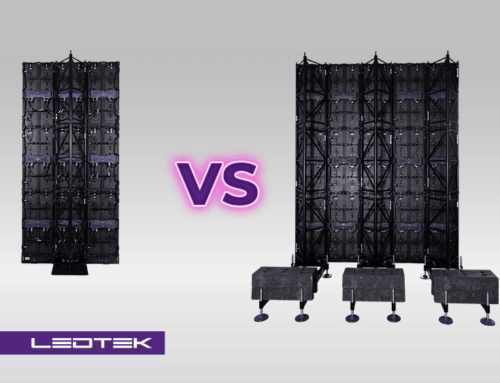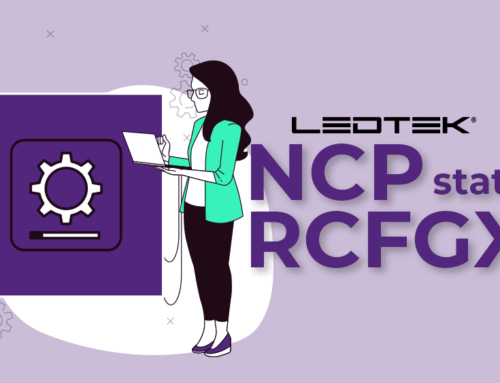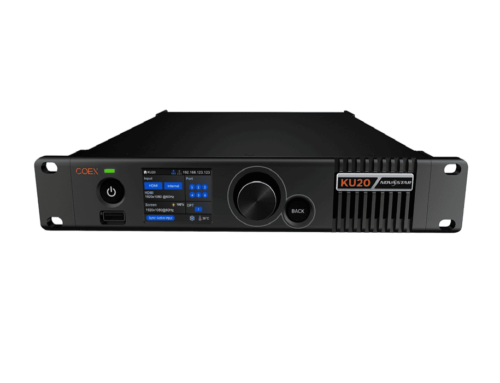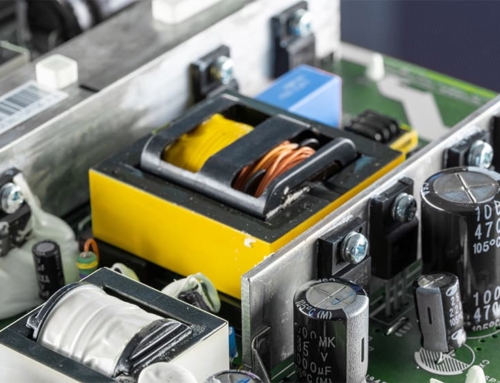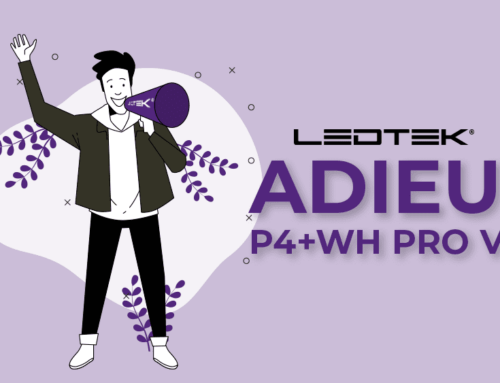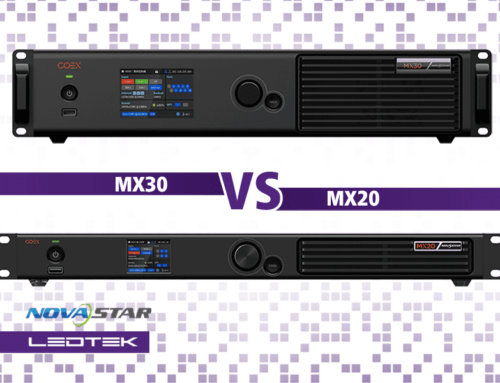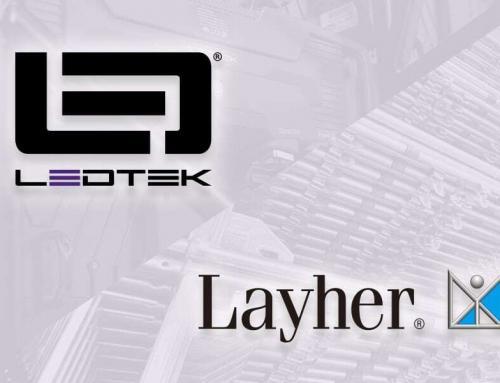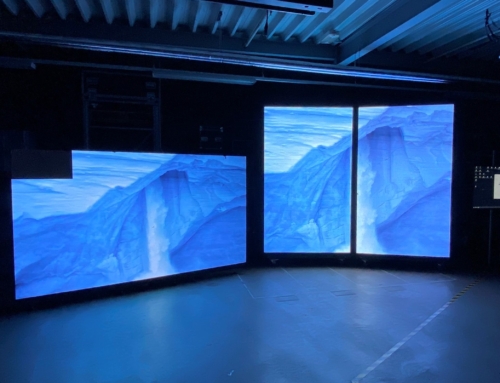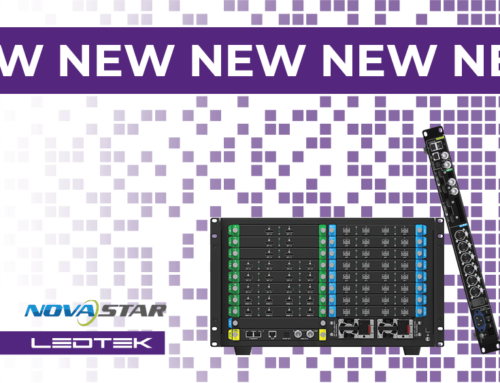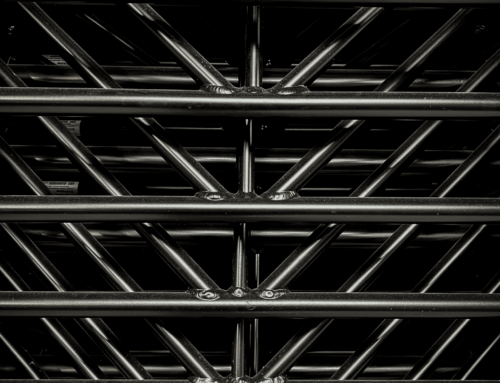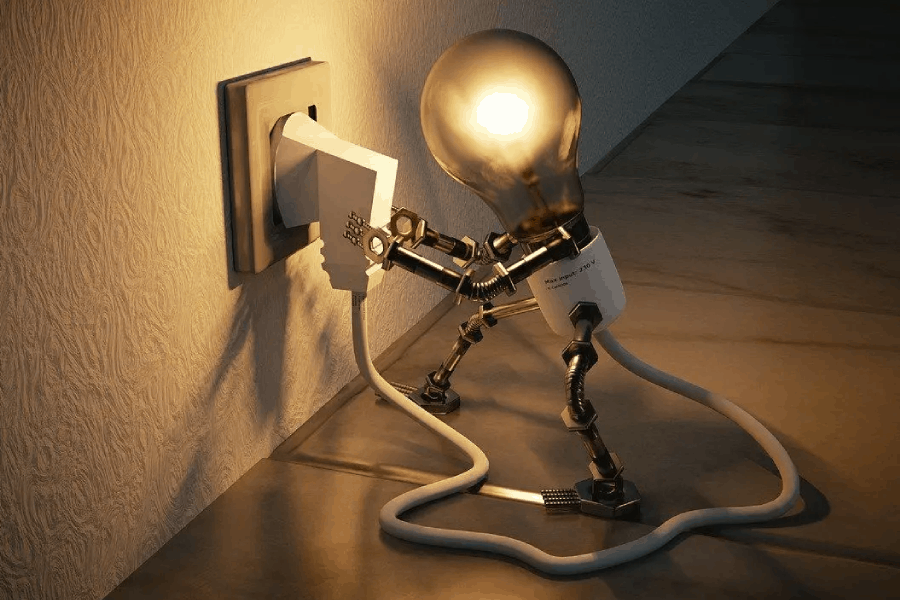
Introduction
If you consider using an LED wall, you surely want to be able to judge how high the running costs will be. As so often, there is no concrete answer to this question. How much electricity an LED wall consumes depends on facts that partly depend on one another.
What does the concrete application scenario look like? Will the wall be used outdoors or inside a building? How big is the wall? How many hours per day is it in use? And what kind of content will be displayed on the wall?
In our experiment with our LEDBRIX systems we want to find out how much energy our wall consumes under certain circumstances and we want to give you a cost estimation for the operation.
Experimental set-up
For our set-up we connected six LEDBRIX cabinets to a wall. It is controlled by a NovaStar TB6 that is connected to it.
Our experimental set-up consists of the following components:
- 6 LEDBRIX cabinets P6+WH (each 640x320mm with a basic voltage of 242 volt; 5500 nits luminosity)
- 2 big frames (= LEDBRIX installation frames)
- 1 NovaStar TB6 controller
- 1 MacBook Air
- Power supply cable (LEDBRIX)
- 2 x 1.5m Cat.6a network cable
- 1 electricity meter

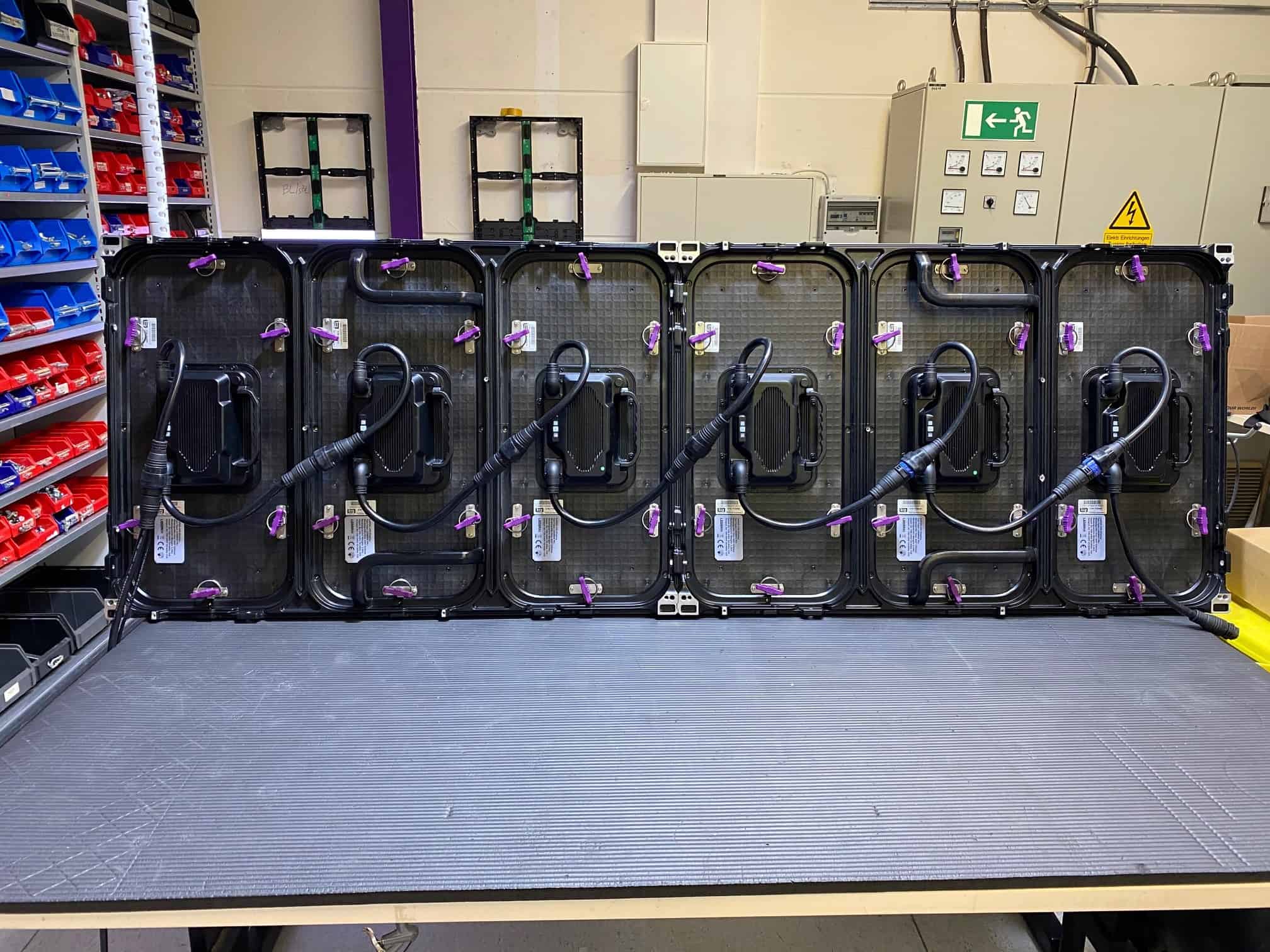
For our experiment we at first want to display the pure colours red, green, blue, and white on our LEDBRIX wall for several hours and measure the power consumption on different brightness levels. In every case we convert the results to 1m2.
Digression: RGB colour model and additive colour mixing
The RGB colour model is often used to define a screen colour in the computer sector. The basic colours of this model are red, green, and blue. White light is created by overlapping these three basic colours. By laying them upon each other in even parts, the quantity of light adds up and white is created (additive colour mixing).
In contrast to LCD screens that light permanently and are only darkened by crystals upon request, on LED walls only the requested LEDs are shining. This is of course much more energy efficient.
Image source: Wikimedia Commons
Basic and maximum consumption
Every LED wall has its own basic consumption. Even if no contents are displayed, i.e. the wall is black, it consumes energy for the readiness of controlling elements and circuit boards. This basic consumption can only be prevented by switching the wall off entirely.
The nominal basic consumption for a square metre of LEDBRIX is 53 watt.
In contrast, the maximum consumption is only a theoretical value. It cannot solely be reached by displaying pure white in highest brightness on the wall. For this, one would have to display an open Word document or such. Even images of snowy mountains or clouds are not even close to the maximum consumption.
The maximum consumption for a square metre LEDBRIX is 683 watt.
Measuring 1: pure basic colours
At first, we measured the three basic colours (RGB) and pure white at 100, 75, 50 and 25 percent brightness for a longer period. For a better understanding, we are listing the basic consumption as well. The graphic below shows the results of the first test series. There it is made clear once again that white consumes significantly more energy than other colours. The brightness level that is run on the wall has in contrast a less significant influence on the energy consumption – at least with the RGB colours. Furthermore, it shows that the three basic colours each consume a different level of energy – green demanding most.
Pure colours, consumption with different brightness
Measuring 2: white content
As we learned in our digression to additive colour theory, white light consists of an overlapping of the entire colour spectrum, or the primary colours. On a LED wall white is made possible by switching on a red, a green, and a blue LED at once.
White light consumes by far the most energy. When it comes to estimating the power consumption, it therefore depends on the level of brightness and on the white content of the shown contents.
To be able to understand how high the consumption is in these cases, we have measured different white content at different brightness levels.
White content, consumption at different brightness levels
Now we want to categorize our measuring results. We have already learned that the maximum consumption of our LEDBRIX wall can only be reached when we display an entirely white document on the highest brightness level. To come closer to a realistic scenario we looked for pictures that contain the different measured parts of white and therefore consume a similar amount of energy.
To find a photograph with a white content of ¾ was not easy. It would have to be a snow man in front of a white background without noticeable shadows or other dark elements. From ½ white content on it gets easier.
Let us take a look at the following picture: a white mug with a white-grey background with a few darker shadows and contours. We have displayed random sections of the picture over a longer period on our wall. The average consumption was at 374 watt per m2 – this is equivalent to displaying a white content of ½.
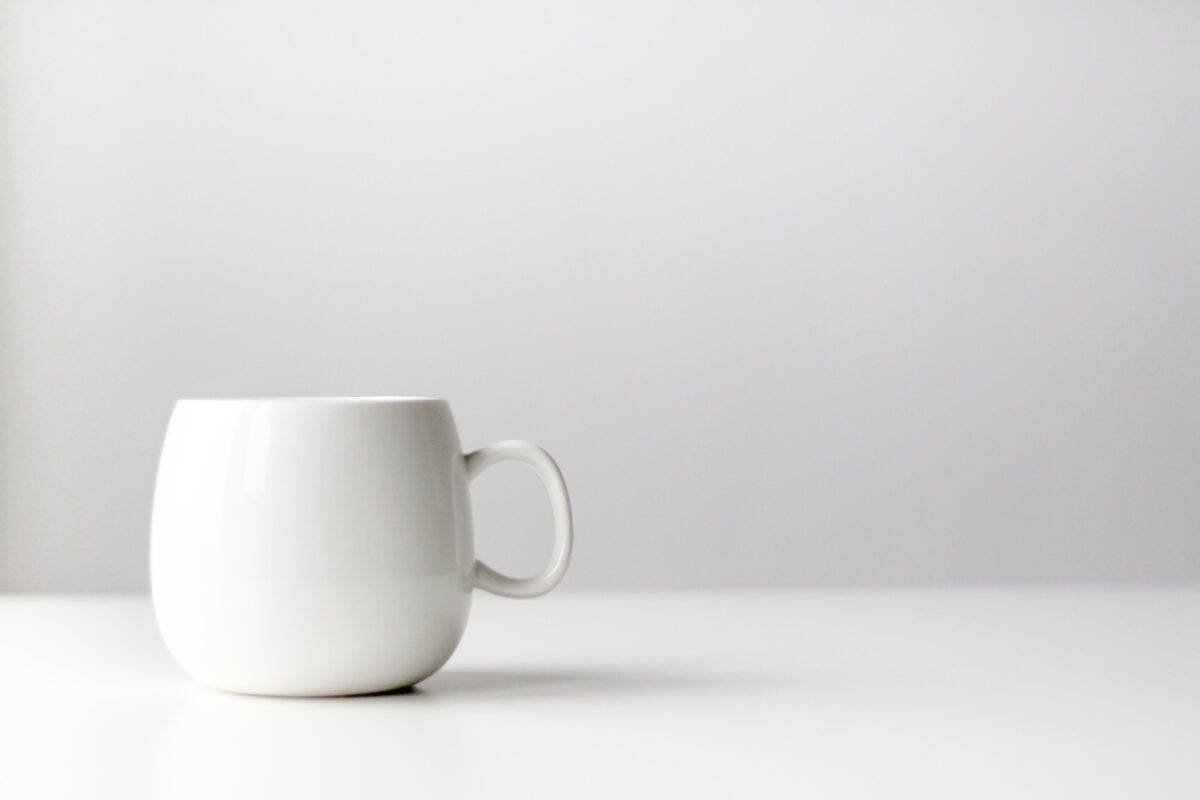
Source: Nordwood Themes, unsplash.com

LEDBRIX with 1/2 white content

Image detail mug
Next, we displayed random sections of this snowy mountain landscape on the LEDBRIX wall. This consumes on average as much as a white content of ¼ – 218 watt per m2.

Source: Chris Biron, unsplash.com
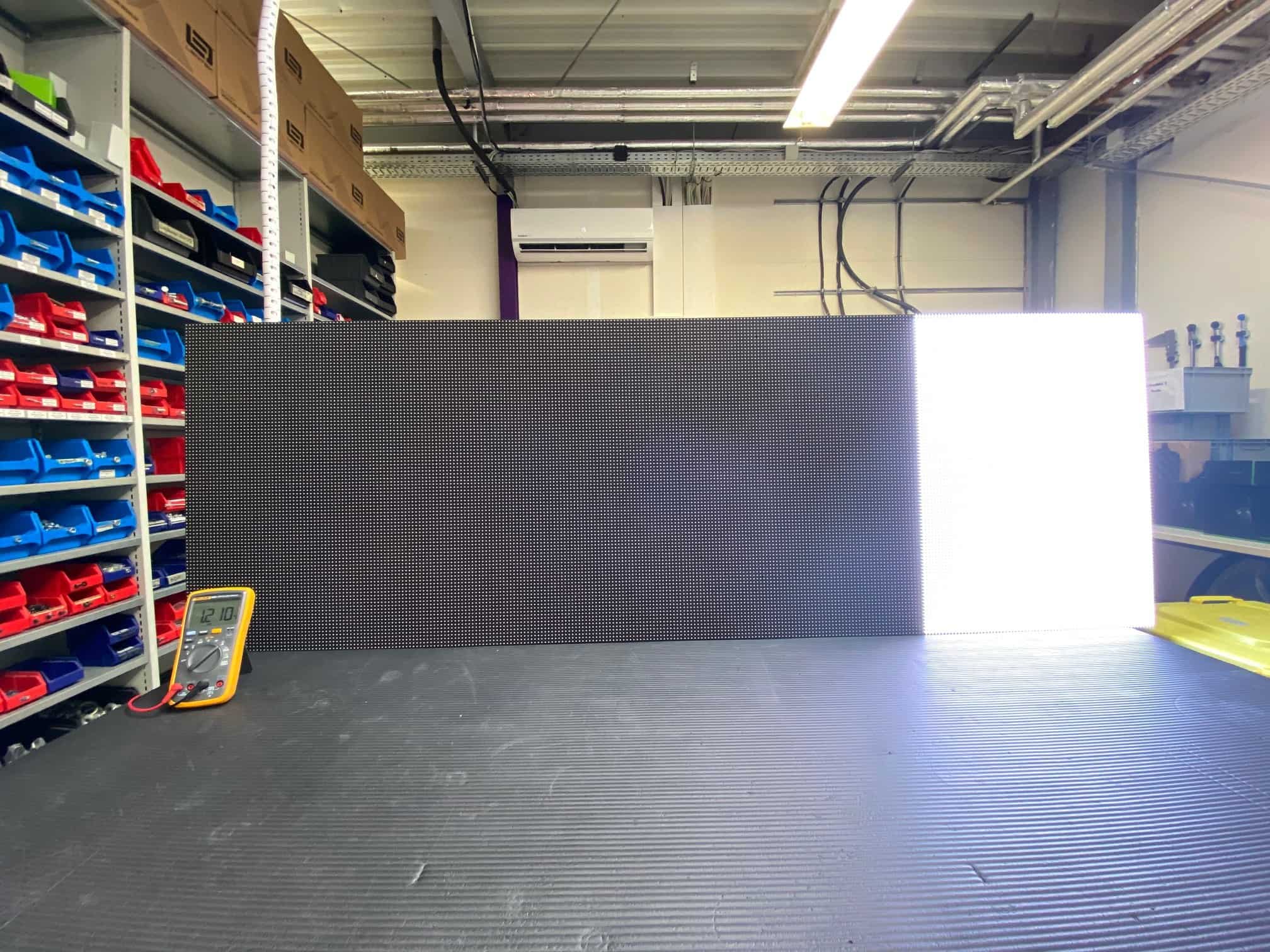
LEDBRIX with 1/4 white content

Image detail mountain landscape
Now it becomes more colourful – and therefore less white. Displaying sections of this mountain lake panorama consumes on average 138 watt per m2 – as much as 1/8 white on our wall. The energy-hungry white of the previous photos is replaced by blues and greens.

Source: Pietro de Grandi, unsplash.com

LEDBRIX with 1/8 white content
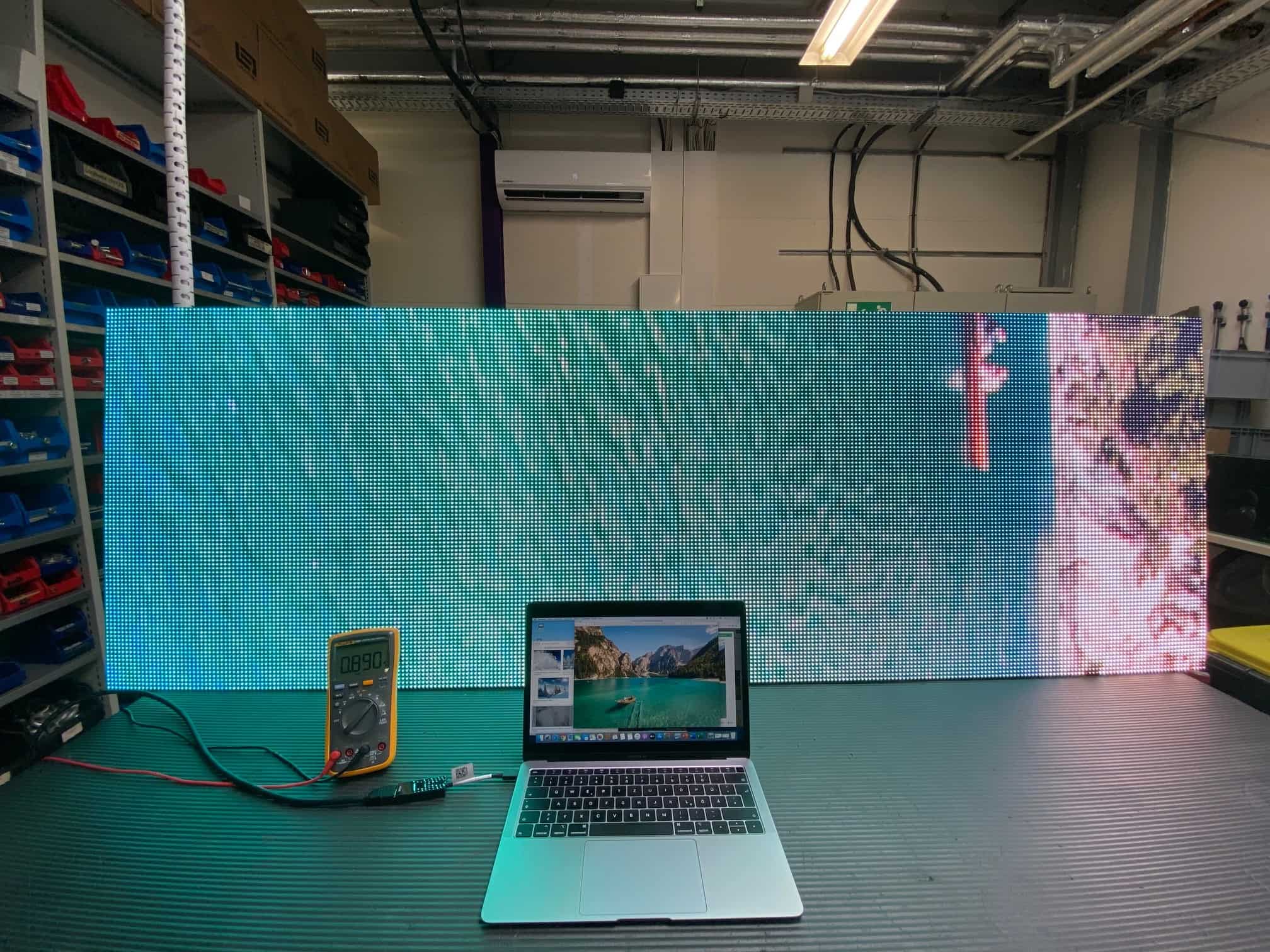
Image detail lake
Finally, the equivalent to a 1/16 white content: displaying this forest picture consumes on average 94 watt per m2.
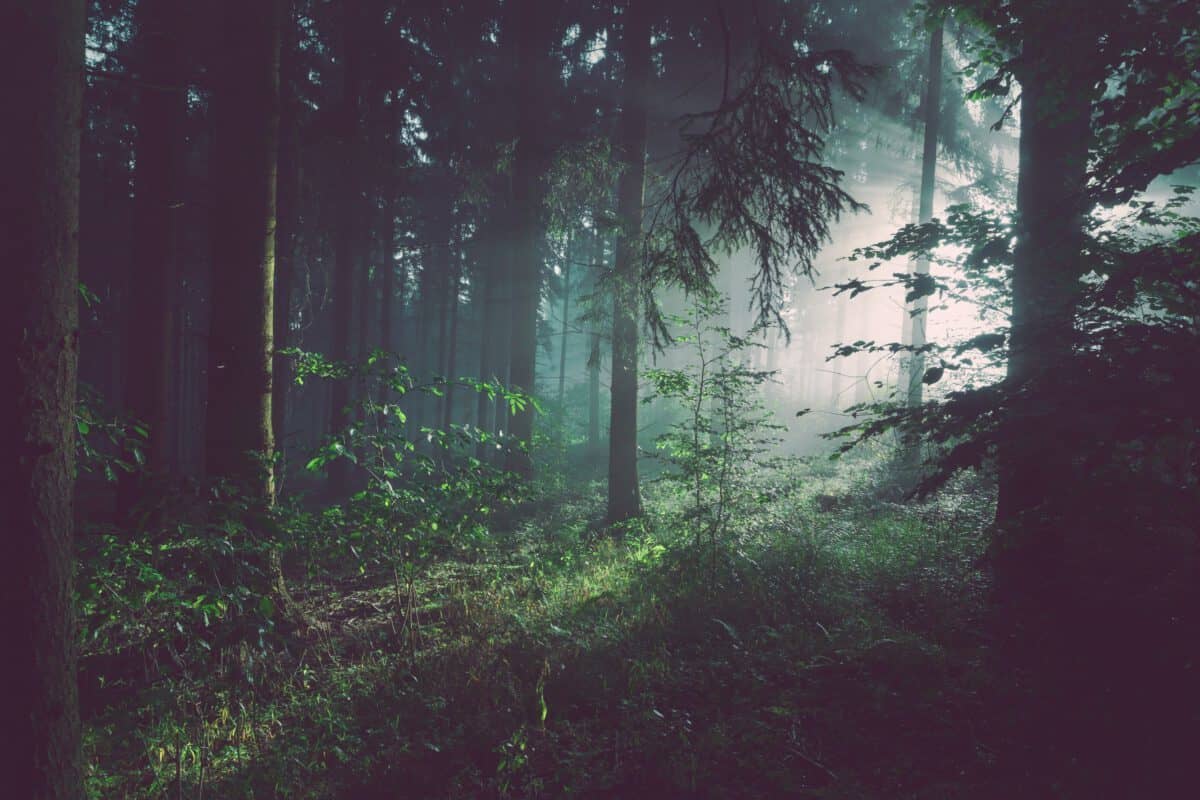
Source: Sebastian Unrau, unsplash.com

LEDBRIX with 1/16 white content
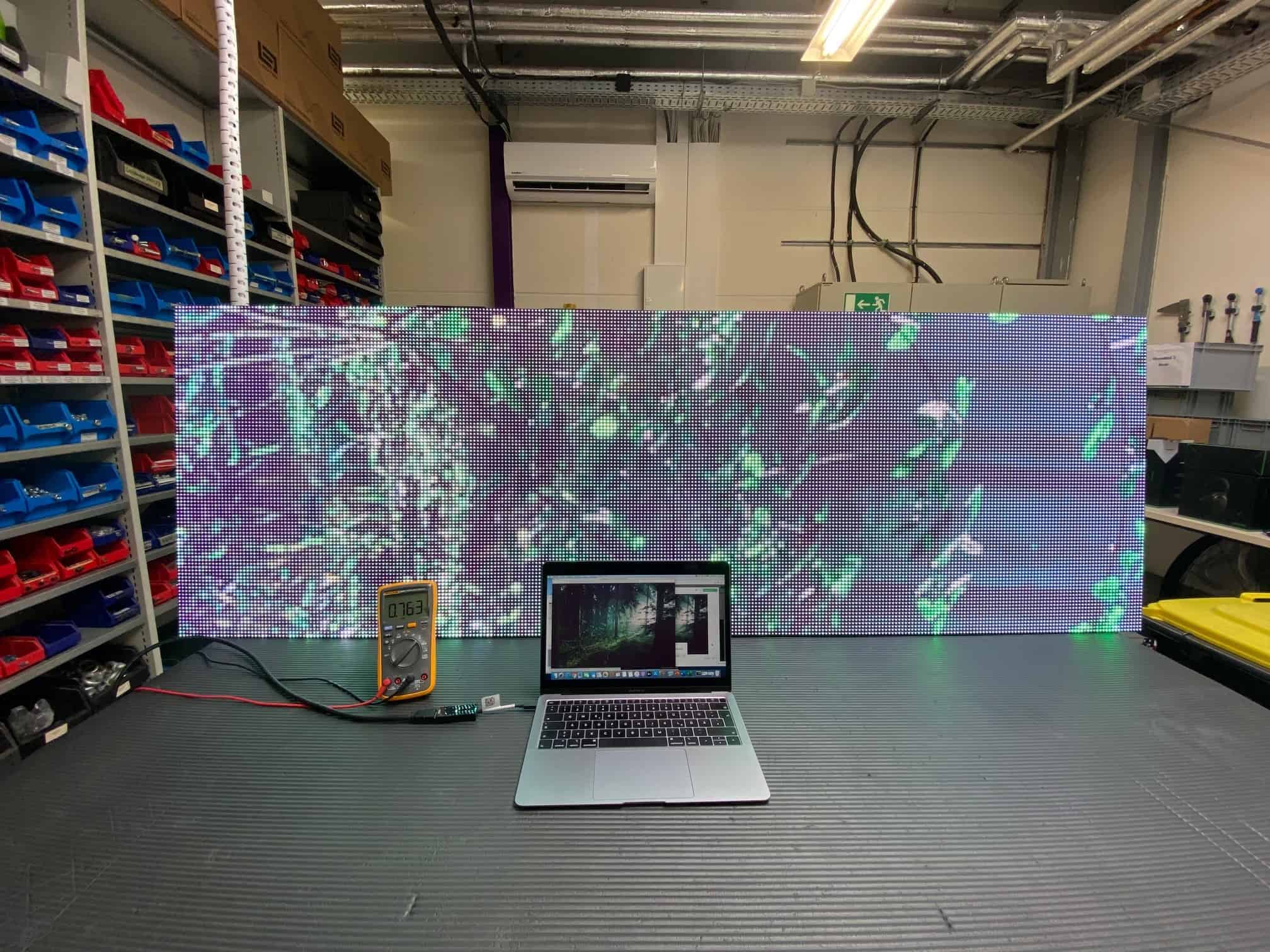
Image detail forest
Measuring 3: videos
Usually moving pictures are broadcasted on LED walls. With the knowledge we gained from our other tests we now want to form a hypothesis that usual videos show a white content between ¼ and 1/16 and according to this consume little energy.
To check this thesis and to eventually set up a realistic cost accounting by means of our data, we have played eight different, 30-minute long YouTube videos in random order and different brightness levels nonstop for several days and measured the energy consumption.
Long-term test YouTube videos
During our long-term test, our videos have consumed on maximum brightness on average 175 watt per hour. In our conclusion we want to go into were this result needs to be filed and what this means for a realistic calculation of costs.
Conclusion and cost calculation
The white content of our LEDBRIX wall plays a more important role than the brightness when it comes to the calculation of the operating costs. The theoretical maximum consumption of our wall does not mean anything here. It can only be reached by displaying pure white at maximum brightness – a scenario that could not be further away from practice.
The average value that is noted on the data sheets of the hardware often does not represent a realistic scenario. To reach this value one would have to display the white mug from our previous example on the LED wall permanently.
Usually on our LED walls only video sequences and animations are played. Our long-term test with different videos in common format showed that per square metre circa 175 watt per hour are consumed – at maximum brightness. In the following calculation example, we start from an average brightness of 50%, a realistic average value. In the morning and evening hours the brightness can usually be set to a significantly lower level, during the day and with lots of sunshine more than 50% could be necessary.
In the following cost calculation, we start with a 15 m2 wall that is in use from 6 AM until 11 PM at an average of 50% brightness.
Under these conditions, the wall would be running on average with 114 watt per square metre and hour. Converted to 15 m2 this makes 1.71 kWh. With 17 operation hours per day 29.07 kW would be used. With an electricity price of 0.25€ the operation would cost around 7.30€ per day.
The standby mode would cost around 20 cent per hour – the whole night (11 PM – 6 AM) therefore 1.40€.
In our scenario, operating the 15m2 LEDBRIX wall would cost 261€ per month. One could save 42 Euros if the wall was switched of completely when not in use.
Energy saving options
We learned that the white content of the displayed contents is an important factor when it comes to the power consumption of our LEDBRIX wall. The higher it is, the more energy is consumed. When a wall is used outdoors with direct sunshine, the brightness level often needs to be set higher so that the contents are visible clearly. With few sunlight or at night, it can be adapted correspondingly. The cost difference in operation on different levels of brightness, however, keeps within limits. This is made clear in the following listing.
| Brightness 25% | Brightness 50% | Brightness 75% | Brightness 100% |
|---|---|---|---|
| 205€ | 261€ | 321€ | 377€ |
Monthly operating costs LEDBRIX-Wand (15 m², 17h/day) + stand-by-mode (7h/day)
| Brightness 25% | Brightness 50% | Brightness 75% | Brightness 100% |
|---|---|---|---|
| 163€ | 219€ | 279€ | 335€ |
Monthly operating costs LEDBRIX wall (15 m2, 17h/day) without stand-by
There are several options to control an LED display effectively and with this lower the operating costs:
- Work without stand-by: usually switching off the software solely deactivates the playback of the contents – the display would therefore be in stand-by mode. Adding a real on/off system saves energy additionally
- Time programming: by using a timer, operating hours and (according to time of the day) the brightness of the wall can be programmed in order to save energy
- Sensors: to reach maximum efficiency, the brightness control of a LED wall can be automated completely. Here, light sensors measure the according brightness of the surroundings and adjust the display brightness of the LED wall by using a software.
You have questions concerning the efficient operation of LED walls or are interested in one of our products?
You are welcome to give us a call at +49 551 492 493 44 or send an email to vertrieb@ledtek.de. We are happy to help you!
Image source: ColiN00B on pixabay.com


